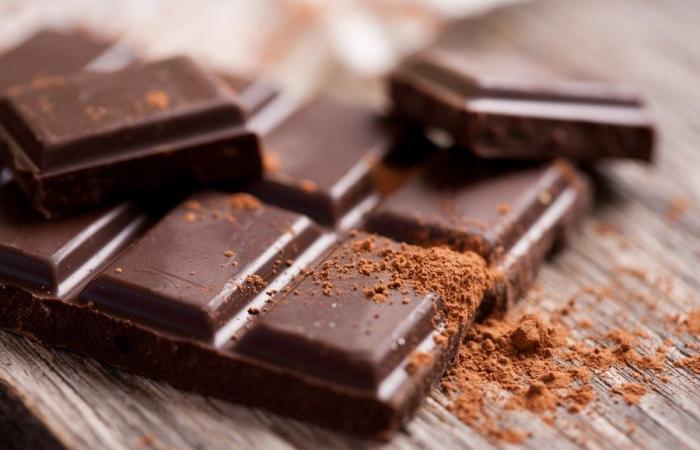Cocoa prices recently surpassed a record set nearly half a century ago, raising costs for chocolate makers, confectioners and aficionados. The rapid climb in the price of beans began with bad weather in West Africa, where much of the world’s cocoa is grown. Speculators migrated from other commodities for cocoa and added fuel to the rally.
Cocoa futures rose another US$613 per ton on Friday (15), to end the week at US$8,018 in New York. This is more than triple the price from a year ago and is 42% above the previous record, set in July 1977 during another period of unfavorable conditions in West Africa.
Just as they did in the late 1970s, confectioners and big food companies are raising prices, adjusting recipes and shrinking products. “We remain committed to our long-term strategy of raising prices to cover raw materials inflation,” said Hershey CEO Michele Buck. It warned investors in February that high cocoa prices would limit the company’s profit growth this year.
Free Masterclass
Financial Freedom Route
Learn to invest and build wealth from scratch with exclusive InfoMoney training
Commodities analyst Aakash Doshi of Citigroup said he expected a “shrinkage” of products and the replacement of cocoa butter with cheaper fats by food companies.
The cocoa rally began in the summer (in the Northern Hemisphere), after a weak harvest reduced stocks for the second year in a row. Traders began to worry about the subsequent harvest and the weather phenomenon El Niñowhich tends to reduce cocoa yields in West Africa.
Funds and other speculators bought futures of the commodity, betting that prices would rise, according to data from the Commodity Futures Trading Commission (CFTC). As a result, prices left the range of US$ 2,000 to US$ 3,000 per ton, where they had remained for the last 15 years.
Continues after advertising
Traders’ fears were realized when West Africa was hit first by unusually wet weather and then by hot, dry air brought in from the desert interior by winds known as harmattan. Plant diseases have been on the rise and many trees are producing less fruit as they age.
The International Cocoa Organization (ICCO) said that in early February, towards the end of the main harvest, that deliveries of beans to the ports of the main producers, Côte d’Ivoire and Ghana, were around 30% below the year’s volume. previous. According to ICCO, global production this season should be 11% lower than in the previous season. With an expected 5% increase in demand, stocks would be 21% lower.
Many speculators have already taken profits, but those who use computers to follow price trends are still in the game, said Dave Whitcomb, who runs Peak Trading Research. “Some funds hedge they took bets off the table, but other traders are still long and waiting for higher prices,” he said.
Citigroup’s Doshi told clients that cocoa prices could reach $10,000 per ton in spot trades over the next three months. For him, prices should fall in the second half of the year, but will not return to previous levels. “Markets have likely entered an era where the $3,500 to $4,000 per tonne range may be the new ‘cheap’ cocoa in the coming years,” he wrote in a note to clients. “This should encourage the planting of new trees, as well as a change in sales (of products such as chocolate).”
In the longer term, there are concerns about where new cocoa trees could be planted, as food companies adhere to new European Union rules that ban the import of commodities produced in newly deforested areas.






